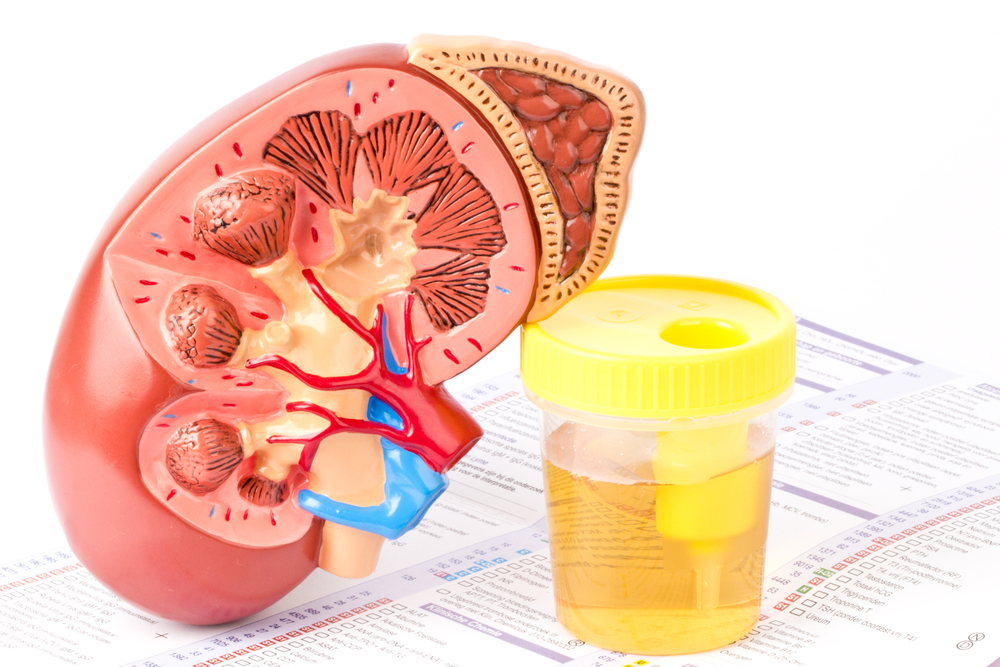Women with Alport Syndrome May Show Early Onset of End-Stage Kidney Disease

Women with X-linked Alport syndrome (XLAS) can display early onset of end-stage kidney disease, which is often underestimated by doctors. It is important to recognize the clinical signs of the disease to prevent development of kidney failure.
In a case report titled “Phenotypic heterogeneity in females with X-linked Alport syndrome,” published in Clinical nephrology, Samuel C. Allred and his team presented four cases of women with XLAS in the same family displaying severe early onset of symptoms.
The genetic knowledge of Alport syndrome (AS) often leads doctors to underestimate the diagnosis in females presenting signs or symptoms of AS. In reality, women exhibit a large variability in disease severity, and may develop severe symptoms that could have been prevented through earlier recognition. AS is often first recognized in a routine investigation when red blood cells and proteins are found in urine.
AS is caused by mutation in a gene (COL4A5), causing damage to the kidneys by destroying the tiny filtering units (glomeruli) inside them. It may also produce vision and hearing problems. There are three genetic types of AS. The most common variant is called X-linked Alport syndrome (XLAS) because the disease is passed down to a child via the X chromosome.
Women carry two X chromosomes (XX) and are often considered to be “protected” from the symptoms of XLAS, because they harbor a healthy copy in the other X chromosome. Men only carry one X chromosome (XY) but are often more severely affected by the disease.
In the present study, researchers describe the case of a 13-year-old girl who was brought in for evaluation because she had red blood cells and proteins in her urine.
Both her mother and maternal aunt had been clinically diagnosed with AS during young adulthood. In addition, both had a history of blood and proteins in their urine since eight years of age — and they also rapidly developed end-stage kidney disease at age 18. The patient’s grandmother was diagnosed with end-stage kidney disease at the age of 53. None of the three women experienced any hearing or vision problems.
The young patient underwent genetic testing along with her mother, aunt, and grandmother. The results showed that all four of carried the same gene mutation (COL4A5).
Both parents of the grandmother lived into their 70s and had no kidney disease which led to the assumption that a spontaneous mutation occurred in grandmother that was ‘autosomal dominant’ — meaning the child only needed to inherit the abnormal gene from one parent to get the disease.
The case reveals the importance of recognizing the clinical manifestation of XLAS in females throughout their lifetime because the disease can be impacted in earlier states. Treatment with renin-angiotensine-aldosterone system (RAAS) blockade has been shown to delay the onset of end-stage renal disease in people carrying the mutation.
Researchers concluded: “The current case report demonstrates the importance of considering skewed X-inactivation in females who exhibit signs or symptoms of Xlinked disorders.”







Leave a comment
Fill in the required fields to post. Your email address will not be published.